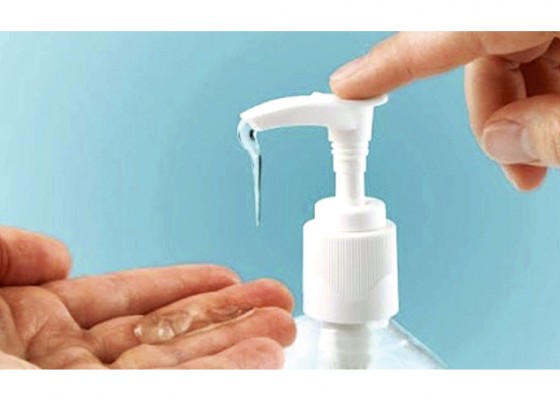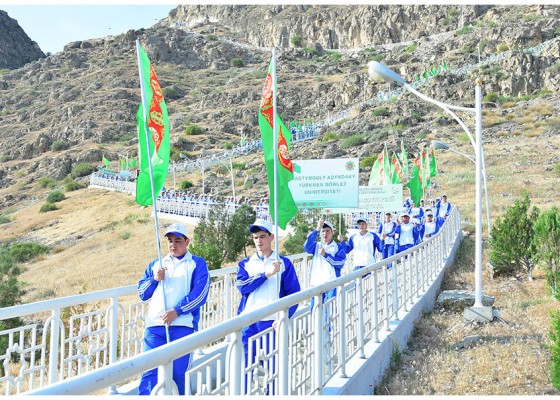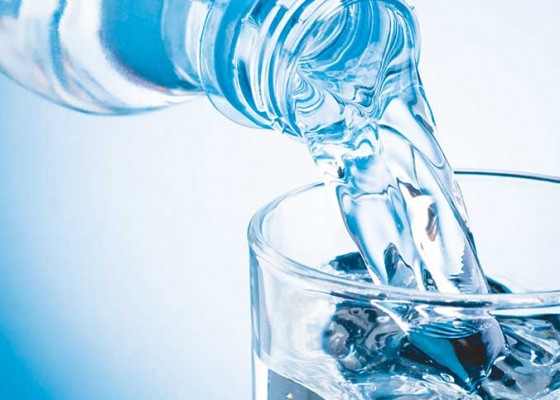‘Green’ encyclopaedia
As is known, labour achievements have become a principle and a tradition on the eve of the festive events and celebrations in our country. This year, the Turkmen leader’s new books, namely, ‘White City Ashgabat’ and ‘Independence – Our Happiness’, were presented on the eve of the 140th anniversary of the capital and of the 30th anniversary of independence respectively. The Volume XIII of the encyclopaedic work ‘Medicinal Plants of Turkmenistan’ by the President of Turkmenistan became a wonderful gift on the Day of Health Workers and the Medical Industry of our country. The new book, like other volumes, won the hearts of our people. This work describes in detail the medicinal and healing properties, growth, distribution, collection, storage, preparation and use of the plants that are important in the protection of human health.









